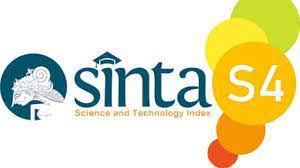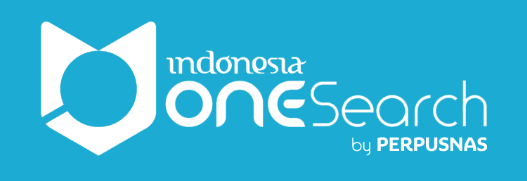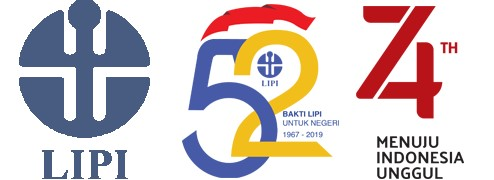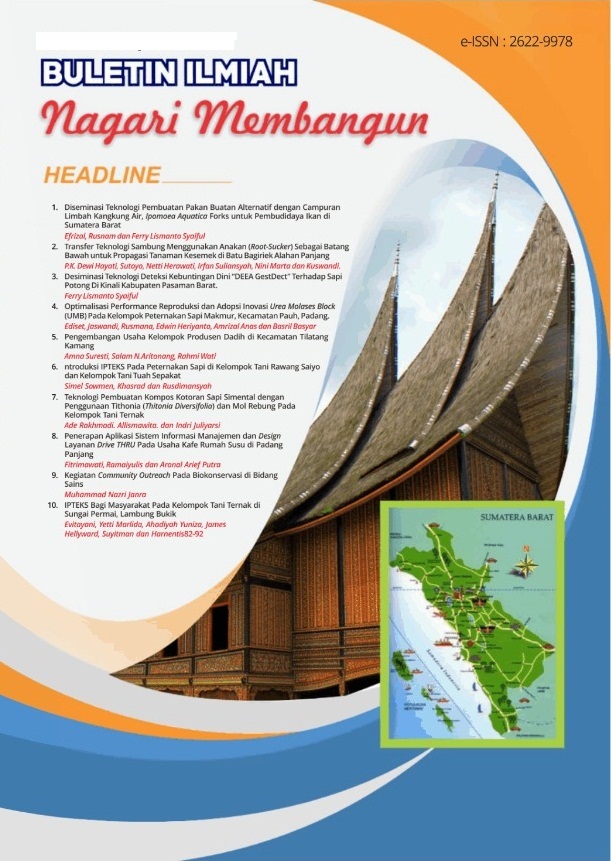UPAYA MENUMBUH KEMBANGKAN MINAT BELAJAR SENI TRADISI MINANGKABAU PADA DAERAH PERKOTAAN
-
Abstract
Sanitary napkins are used by women during menstruation to absorb blood from the vagina. Sanitary napkins are divided into 2 types, namely disposable pads which are usually made of cotton and plastic, and cloth pads that can be reused (reusable pads). According to the Indonesian Consumers Foundation (YLKI) sanitary napkins are one of the highest polluters in Indonesia. The amount of pad waste in one month can reach 1.4 billion. In addition, the discovery of chlorine which is harmful to health. The average woman uses more than 16,000 pads/tampons/pantyliners during her lifetime. That means, there are more than 45 million women's products are used and discarded every year. In Indonesia alone, it turns out that sanitary pads can reach 26 tons every day. The Faculty of Public Health (FKM) Andalas University realizes that the problem of waste, especially waste from pads, is very important for the balance of the environmental ecosystem. As an initial step to reduce sanitary napkin waste by providing education and socialization on the manufacture of cloth sanitary napkins. The service activity began with socialization with the school principal and teachers, after which it was given to all 29 Al-Ishlah High School students. Then a pre-test was conducted to find out the students' knowledge regarding eco-friendly sanitary napkins and menstruation where more than half of the students (89%) had good knowledge about reproductive health. After that, counseling was carried out regarding the impact of using disposable sanitary napkins on the environment and educating female students to use cloth sanitary napkins and explaining how to make cloth sanitary napkins. It is hoped that by carrying out this community service activity, the use of disposable pads/plastic pads can be reduced little by little, so that the amount of sanitary pad waste can be reduced and the environment will be better.
Downloads
References
Amir, A. l995. Women Performers in Minangkabau Oral Tradition dalam Tenggara, Kuala Lumpur, December.
Amir, A. l996. Salawat dulang: Sastra Berangka yang Dihafalkan. Warta ATL, Jakarta
Amir, A. l998. Pemetaan Sastra Lisan Minangkabau. Laporan Penelitian kepada Asosiasi Tradisi Lisan (ATL), Jakarta.
Gayatri, Satya dan H.N. Hidayat. 2008. Menumbuh kembangkan Minat dan Pemahaman Siswa Terhadap Kebudayaan Minangkabau dengan Media Audio Visual di Sekolah Menengah Negeri 1 Padang. Laporan Pengabdian Pada Masyarakat. LPM Universitas Andalas, Padang
Idris, M. Z. 2016. Preservation of intangible culture heritage using advance digital technology: issues and challenges. HARMONIA: Journal of Arts Research and Education, 16 (1).
Lindawati, Adriyetti, Bahren, 2014. Biografi Seniman Tradisi: Penghargaan terhadap Pelaku Seni Tradisi. Laporan Penelitian. Lembaga Penelitian Universitas Andalas, Padang
Lindawati, dan S. Rossa. 2016. Rabab Pasisia Diambang Kepunahan: Rancangan Sistem Pewarisan Kepada Generasi Muda di Tanah Pasisie. Laporan Penelitian. Padang: PEMDA Pesisir Selatan
Priherdityo, E. 2017. Langkah Panjang Mengajukan Warisan Budaya Dunia. Diakses pada www.cnnindonesia.com diunduh 9 Mei 2019
Rosa, S. 1999. Faktor-Faktor yang Menghambat Pelaksanaan Program Pendidikan Muatan Lokal di Sekolah Lanjutan Tingkat Pertama di Kota Padang Panjang”. Artikel Penelitian. Lembaga Penelitian Universitas Andalas, Padang
Rosa, S. 2000. Pengelolaan Mata Pelajaran Budaya Alam Minangkabau di SLTP Kota Padang. Laporan Penelitian. Lembaga Penelitian Universitas Andalas, Padang
Suryadi. 1993. Dendang Pauah. Yayasan Obor Indonesia, Jakarta
Suryadi. l994 Indang: Seni Bersilat Lidah di Minangkabau dalam Jurnal Seni, Juli. 16 Sweeney, Amin. 1980 Authors and Audiences in Traditional Malay Literature. Berkeley: Center for South and Southeast Asia Studies, University of California.
Udin, S. 1993. Rabab Pasisia. Yayasan Obor Indonesia, Jakarta.
Van Bruinessen, 1999. Kitab Kuning: Pesantren dan Terekat, Tradisi-Tradisi Islam di Indonesia. Cetakan III. Mizan, Bandung.





















